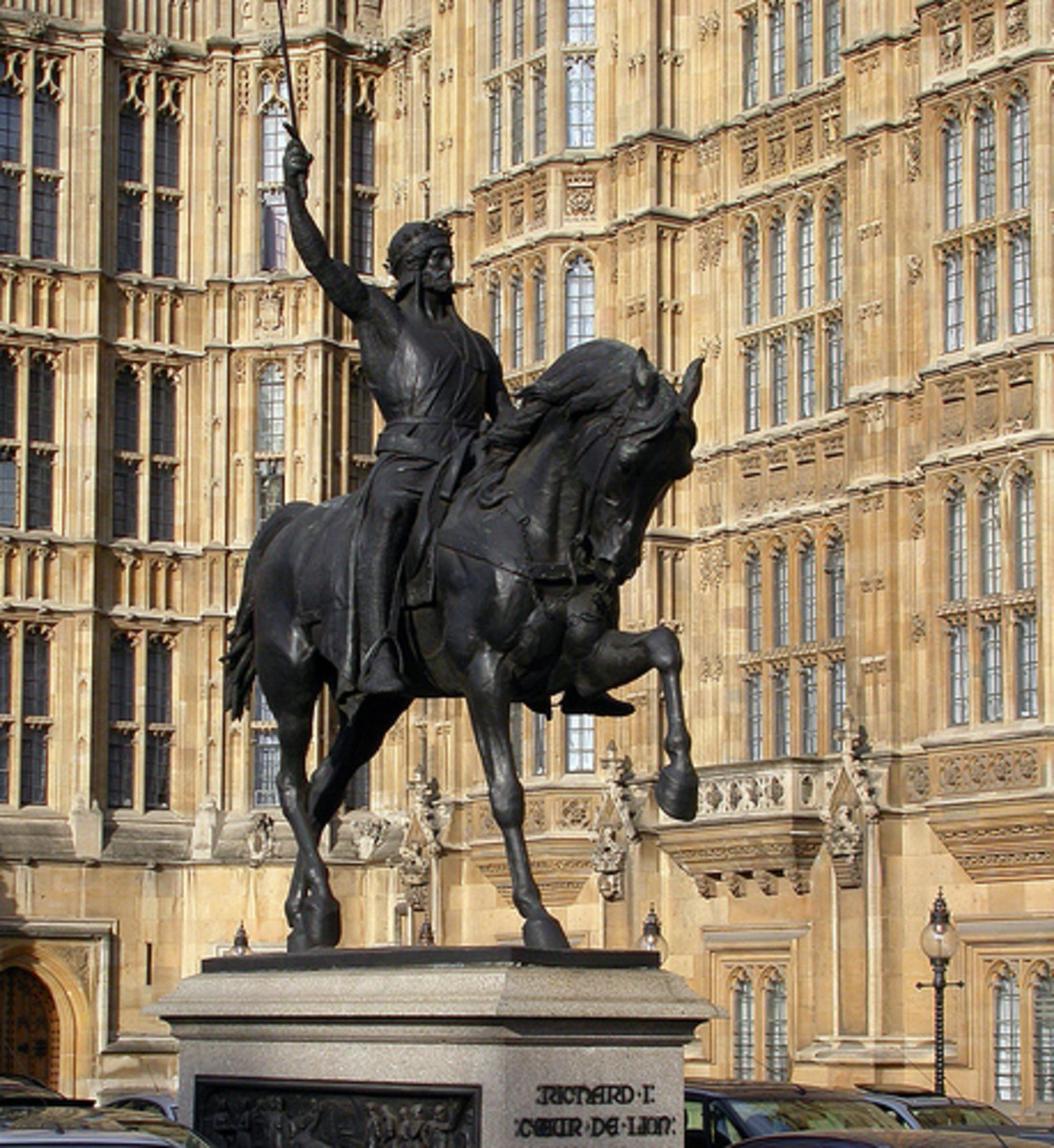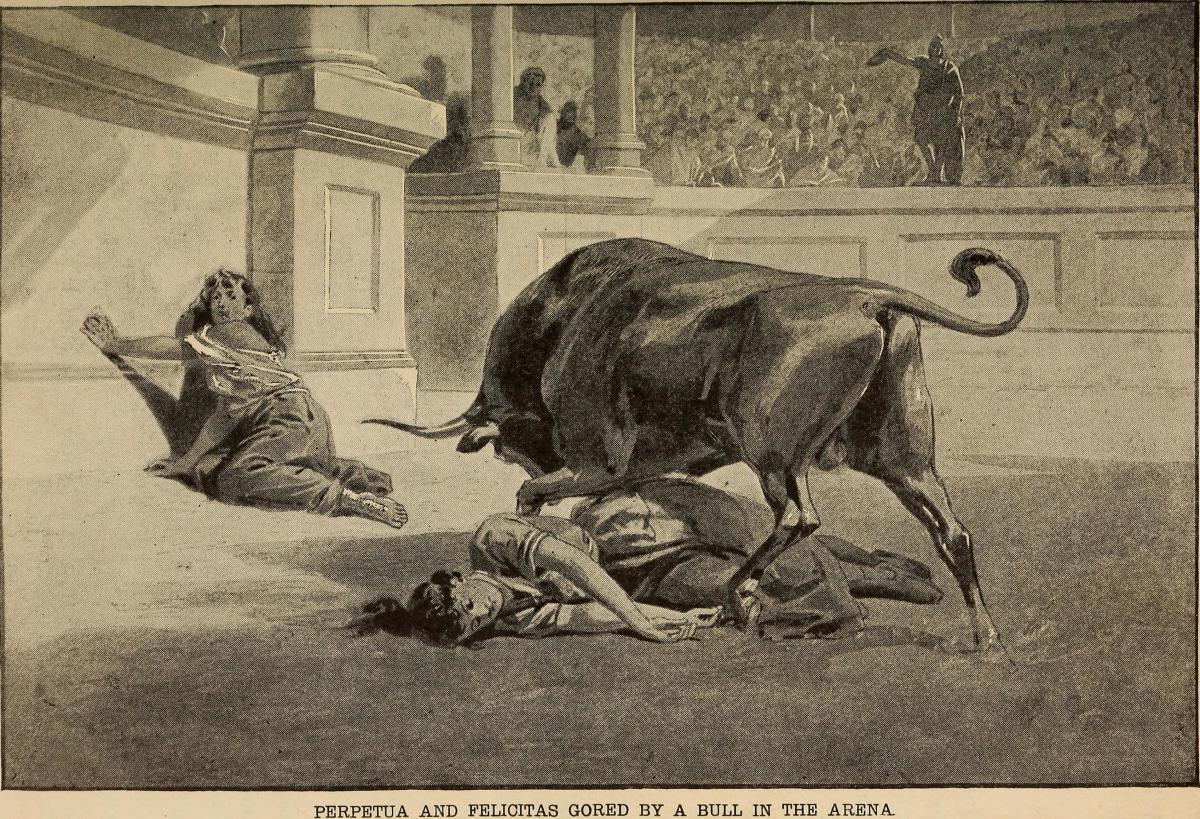Children’s Crusade Debacle - Part 1
The Children's Crusade
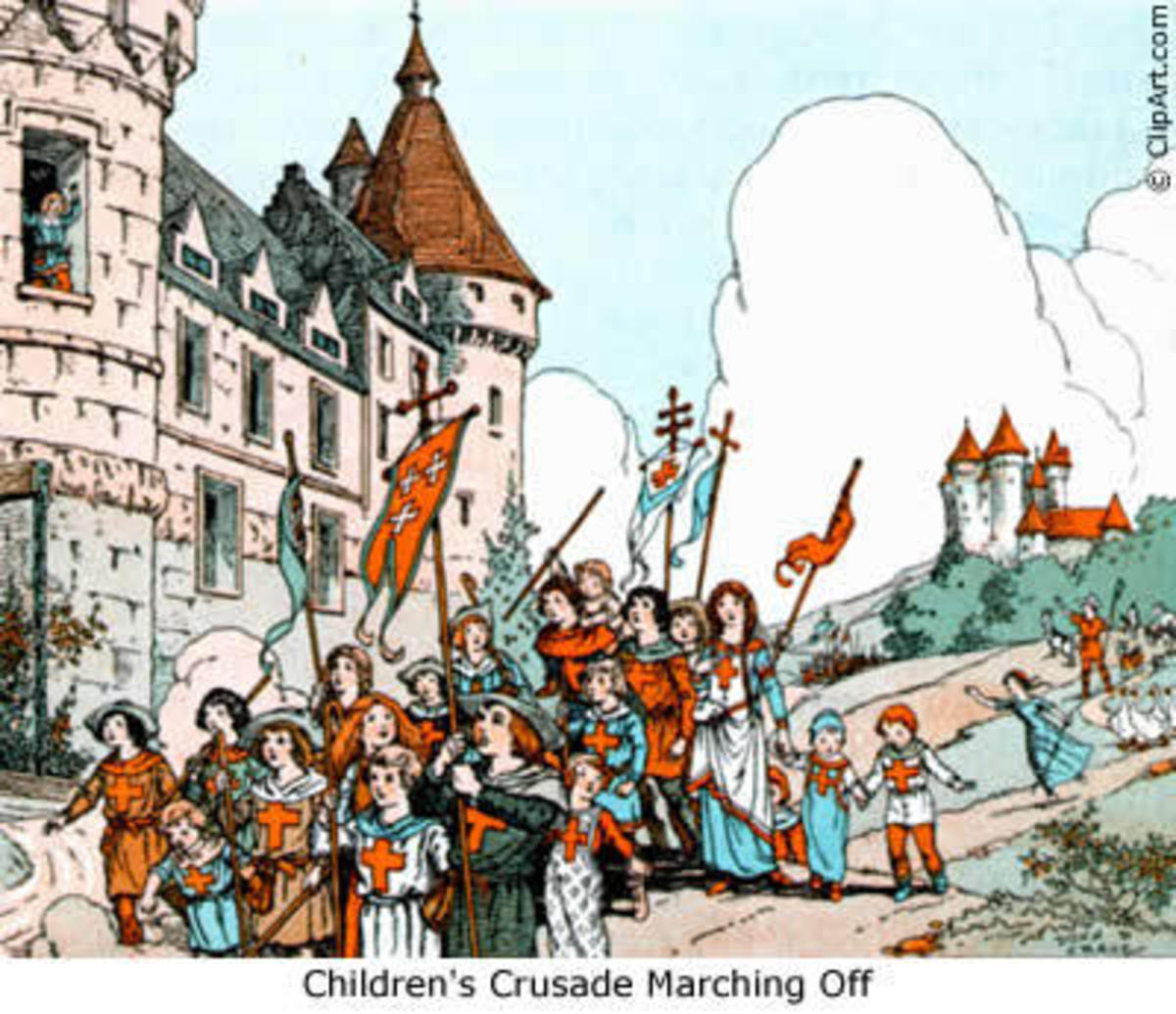
Books Written on the Crusade

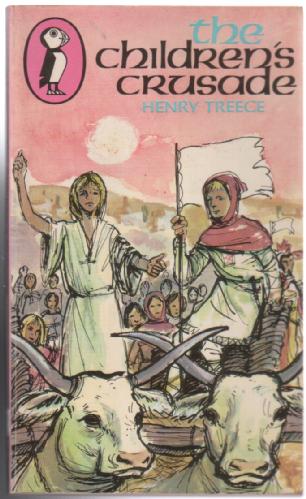
Introduction
There is, astonishingly, very little historical record preserved from one of the most fascinating phenomena of the medieval crusade era. There is enough in the reports of the devastation called “The Crusades” to make anyone, whether Christian or other, shake their heads. However, upon the discovery of the “Children’s Crusade,” the world’s stark astonishment borders on disbelief, which has happened for the larger part for historians. Since there is such a lack of formal recorded evidence, a large portion of historical society has concluded that this event never happened.
Many, therefore, think of the ‘story’ of the children’s crusade as merely sensational folklore, created during the fantastic age of the chivalrous crusades. Imagined stories of great braveries and unbelievable endeavors on the part of the surviving knights in an attempt to remove the shame brought on by the constant defeats and irresponsible behaviors of the crusading pilgrims. Yet the evidence is irresistible in light of the other fiascos the crusades served to create. Nevertheless, is it enough to bring one to the conclusion that “the Children’s Crusade” was indeed a reality?
The Fourth Crusade
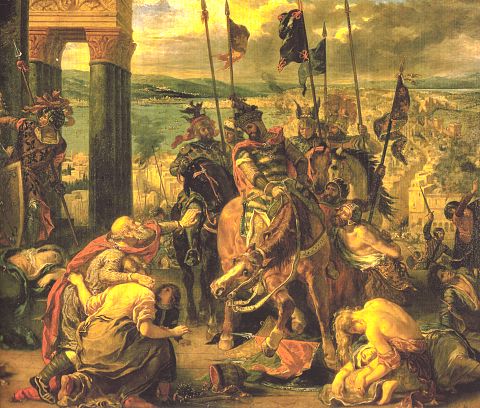
The Beginnings
The Children’s Crusade took place after the Fourth Crusade (1202 to 1204). It was clear the Christian crusaders had gained no long-term success; in fact, the Fourth Crusade had been a major disaster. Many crusaders not even getting to the Holy Land, let alone fight for Jerusalem. The particular crusade used as a means to plunder valuable goods and drive forward personal ambitions. The Children’s Crusade therefore seemed to come on the heels of this shame and indicate that the Christian beliefs of the First Crusade were yet still alive. (Steven Runciman, A History of the Crusades (Cambridge 1951) Volume III, The Kingdom of Acre and Later Crusades , pp. 139-144 http://www.historylearningsite.co.uk/childrens_crusade.htm )
Hunger and Depression assailed the common people
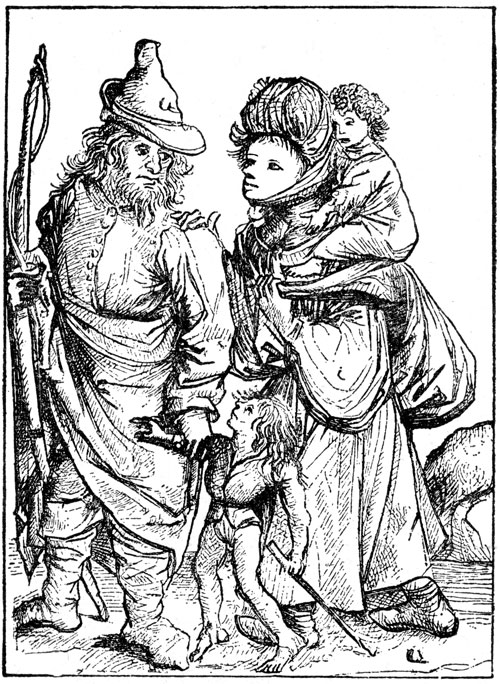
The crusading epidemic broke out among the children of France and Germany in the year 1212. This expedition was not a crusade at all, in the strict sense of the term. The pope never officially blessed this specific crusade. Regardless it attracted thousands of course, it also attracted deplorable, immoral persons of the society to join in its ecclesiastical purpose.
Many factors contributed to the birth of this new “crusade.” The previous devastating crusades left many families fatherless, which in turn left them without a source of income. Taxed heavily to fund the crusades the poverty-stricken people of the land fought with feelings of outrage. Destitution and grief greatly diminished religious fervor.
In an effort to revive interest in yet a fifth crusade, Pope Innocent III sent priests and bishops across Europe with appeals, arguments and threats, even misusing the words of Jesus, “I came not to bring peace, but a sword.” Processions were held, entreating God for the imperiled cause and rekindle the zeal of onlookers. Sermons had no other theme. “The Savior was spoken of as a king banished from his heritage, and Jerusalem as a captive queen, appealing to the loyal heart on her behalf.” (George Zabriskie Gray, The Children ’ s Crusade , William Morrow & Company, Inc. New York, N.Y., (c1972, 1870) pg 27)
Three groups, one from France and two from Germany. Groups composed almost entirely of young boys and girls, some as young as six years old, others were up to thirteen years old. These courageous, if not somewhat foolish children, took up the imposing challenge from the Pope. Convinced that God would protect them these children believed they would actually get to the holy land and take Jerusalem for the Christian.






